Karlsruhe – the fan city
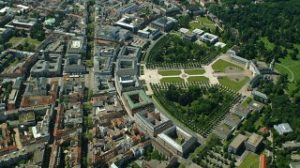
The city of Karlsruhe was founded in 1715 by Karl-Wilhelm, Margrave of Baden-Durlach, as a new capital of the state Baden. The layout of the city followed a special plan with streets converging to the Margrave’s palace located in the centre. This special layout is the reason for the second name of Karlsruhe, the fan city.
Today with approximately 300.000 inhabitants, Karlsruhe is the third largest town in the state of Baden-Württemberg. Located at the Rhine river between the Black Forest, the Alsace region of France and the Palatinate region of Germany, it is a major regional center of science, culture, commerce and goverment.
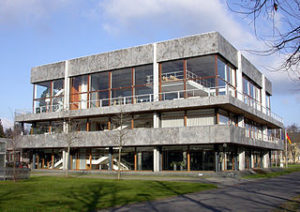
Furthermore, Karlsruhe is the home of the two highest German courts: Germany’s federal constitutional court, the Bunderverfassungsgericht, and the federal court of justice, the Bundesgerichtshof.
The multifaceted cultural life of Karlsruhe is determined for instance by the Baden state theater, the University of Music and several other theaters.
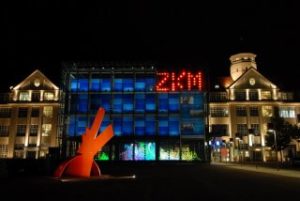
Interesting exhibitions are permanently or temporarly shown in the State Academy of Fine Arts or the State Art Gallery as well as other museums. The Centre for Art and Media, ZKM, in particular is internationally well regarded. It includes a production facility for media art and a media museum. For more information see Karlsruhe – a City of Culture.
KIT – Karlsruhe Institute of Technology
In 2009 the University of Karlsruhe merged with the National Research Centre located to the north of the city, forming the Karlsruhe Institute of Technology (KIT).
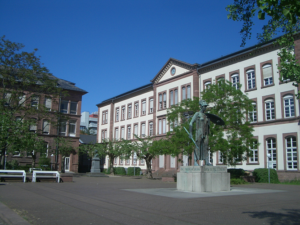
KIT has approximately 23.500 students and 10.000 employees making it the largest research centre in Germany.
The University of Karlsruhe was originally founded as a polytechnical school in 1815 and became an Institute of Technology in 1885. Full university rights were granted in 1967. Famous scholars who carried out research at Karlsruhe include Fritz Haber (1886-1934), who developed the high-pressure synthesis of ammonia in 1909 (Nobel Prize in Chemistry in 1918), and Ferdinand Redtenbacher (1809-1863), who was a founder of mechanical engeneering in Germany. Also Heinrich Hertz was a professor at Karlsruhe from 1885 to 1889, where he experimentally discovered the electromagnetic waves in 1887.
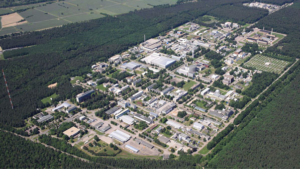
The national research centre, Forschungszentrum Karlsruhe, was originally founded in 1956 as the Kernreaktor Bau- und Betriebsgesellschaft for the devolpment of Germany’s first nuclear reactor. Meanwhile it is a centre of the national Helmholtz association with a wide range of research projects including fundamental research in phyiscs as well as environmental technologies and power engineering.